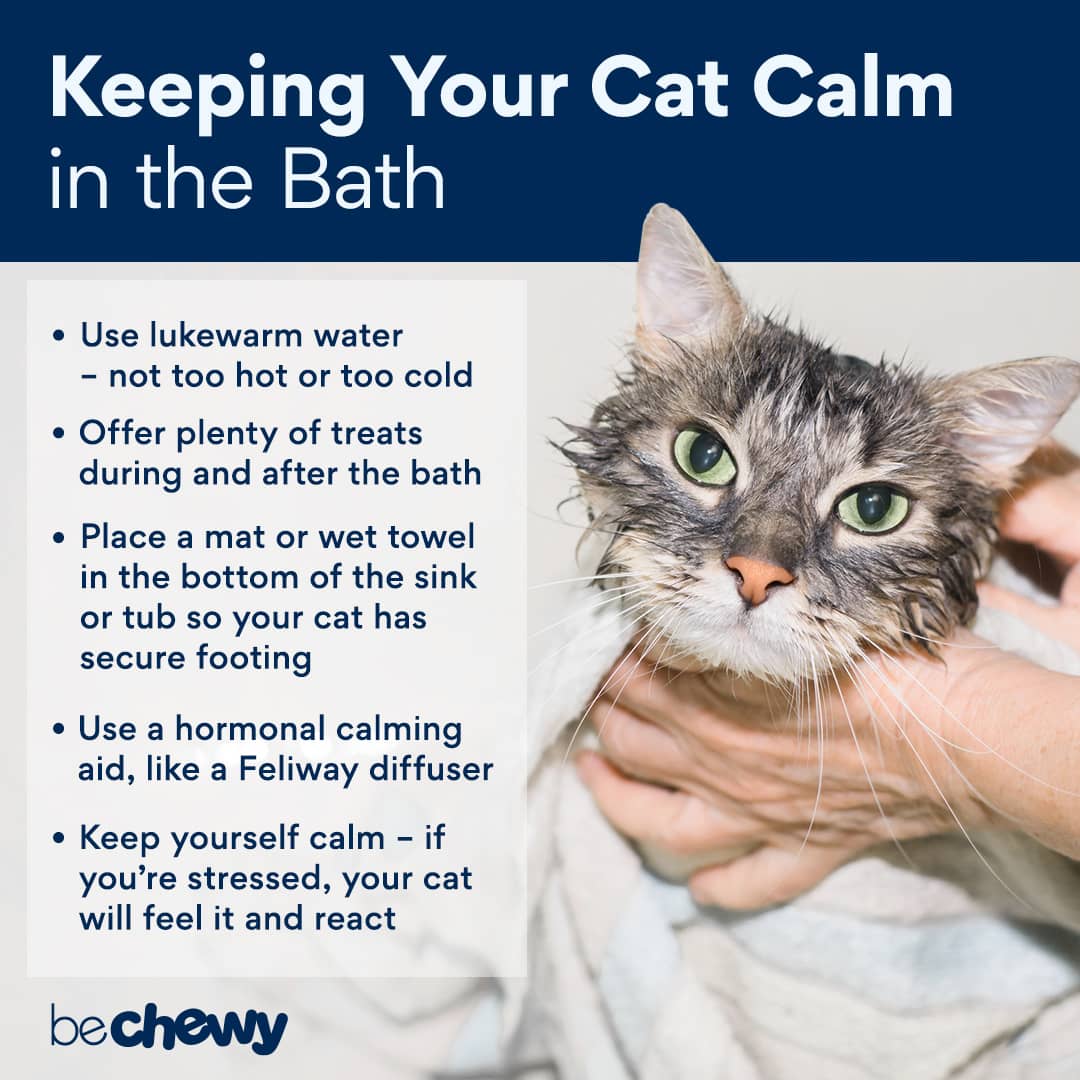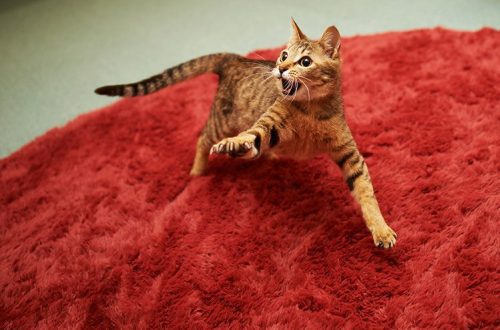
How to bathe and care for a cat
Every cat owner knows that these animals are very picky about grooming. Most cats spend a significant part of the day grooming themselves, but sometimes they need a little help – for example, in case of injuries or when the long hair becomes tangled. Therefore, it is better for you to train your cat for grooming as early as possible (the earlier you start, the easier it will be for you later).
- It is best to groom when your cat is tired or relaxed. If you see that the cat does not like grooming, train it gradually every day, then after a while it will be easier to tolerate it. Do not forget to praise the cat after each grooming session and show her your love – then the animal may even begin to perceive grooming as a special reward.
- If your cat has long hair, use a comb to brush it. Start with the areas that she likes the most (usually the chin and head), and then move on to others. If you come across areas of dull fur, you can cut them off with scissors with rounded ends.
- If the cat has a short coat, you can comb it with a rubber brush. Remember to wet the brush before you start grooming – this will help to pick up the loose hair so that it does not scatter around the room.
- If you decide to wash your cat, buy a special shampoo for animals. Then close all windows and doors and make sure the bathroom is warm enough.
- If you see that the cat is frightened by the size of the bathroom, wash it in a basin or sink. It is enough that the water level is 4 inches – or just slightly covers the cat’s paws.
- Wash your cat’s ears before placing them in water. Wipe the animal’s ears with a cotton swab dipped in warm water. Rinse only the visible parts of the ear, never try to clear the ear canal.
- Then, brush your cat’s fur before you start washing – this will help remove any loose hair.
- Put on rubber gloves, then gently grab the cat by the scruff of the neck and gently place it in the water.
- Wet the back, belly and paws of the animal. You can use a small plastic cup or pitcher. (Keep in mind that many cats will panic if you try to spray them with a shower head.)
- Apply pet shampoo and gently spread it all over your cat’s body. Don’t use too much shampoo or it will be hard to wash off. Such shampoos do not irritate the eyes and ears, but still do not allow the shampoo to get into the eyes and ears.
- Rinse off the shampoo and then take a warm towel and dry your cat. If your cat is not afraid of noise, you can dry it with a hair dryer. Or just wrap it in a towel.
- Do not be surprised if the cat starts licking itself again immediately after washing – she simply “combs” the coat in the way she is used to.
Remember not to bathe your cat on a regular basis, as this can upset the natural balance of oils in the skin and coat – but occasional bathing is helpful, for example, if the cat is lying around in something dirty and cannot take care of itself.





